
|
| Accept Cookies | Customize | Refuse Cookies |

| Specifications | Reviews | Compare | Buy | Photos |
|  Publish your advertisement on JuzaPhoto (info) | ||||||||||||||||||||||||||||||||||||||||||||||||||||||||||||||||||||||||||
 Close encounters by AleSpirano1 comments, 389 views HI RES 27.1 MP  Noli, Liguria by Giu8gi0 comments, 236 views HI RES 27.1 MP 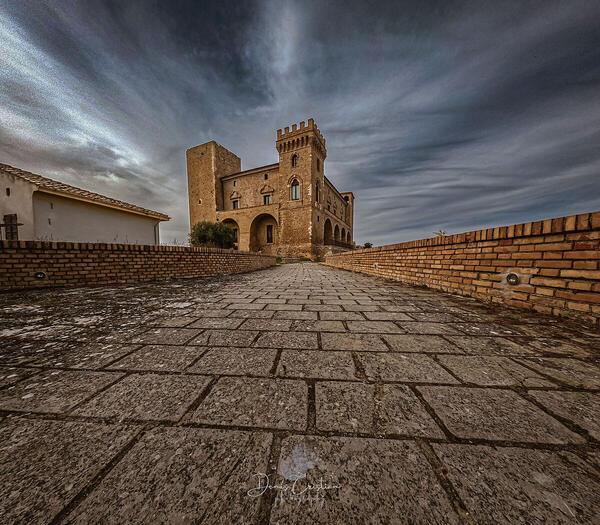 Ducal Castle by D3ny7cristian7 comments, 926 views HI RES 27.1 MP  Gray sunset by Danizichi3 comments, 148 views HI RES 15.7 MP  Star trail by Giu8gi1 comments, 257 views HI RES 8.3 MP 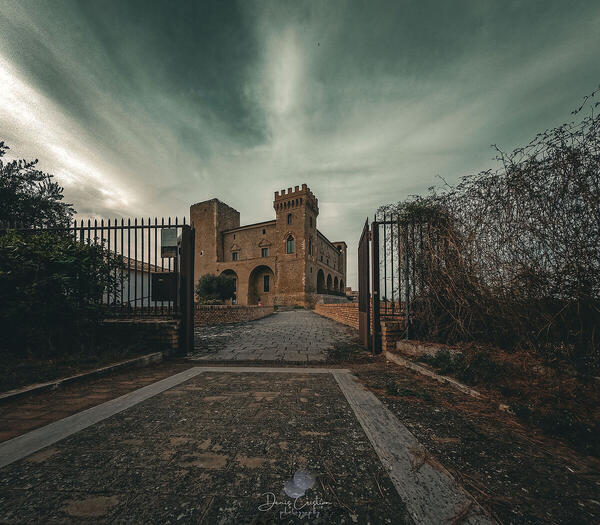 Castle by D3ny7cristian0 comments, 573 views HI RES 27.1 MP  Nurse shark in Maldives by Giu8gi1 comments, 266 views HI RES 27.1 MP 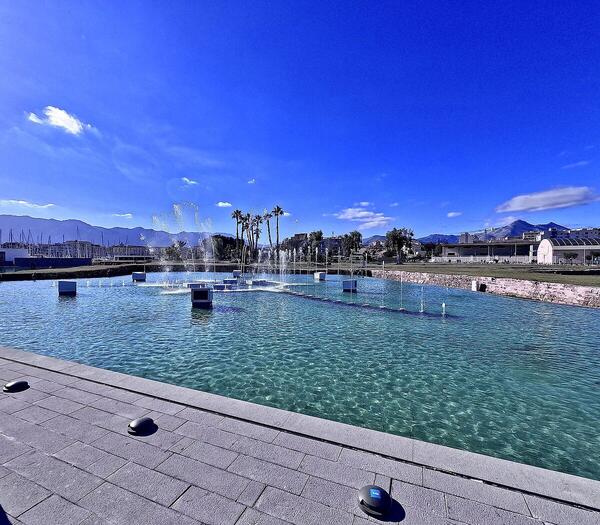 MLO TRAPEZOIDAL - PALERMO by FabioPoliti7 comments, 287 views HI RES 27.1 MP  Star trail October 21, 2024 by Giu8gi0 comments, 139 views HI RES 8.3 MP  Cape Market by FabioPoliti1 comments, 383 views HI RES 24.3 MP 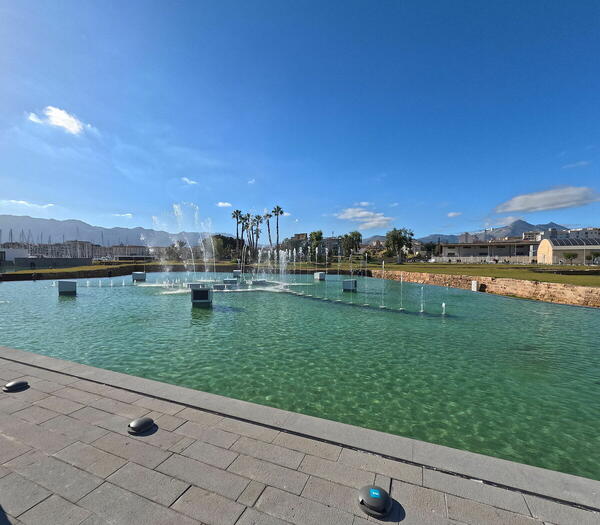 Trapezoidal pier at Castello a mare by FabioPoliti0 comments, 258 views HI RES 27.1 MP 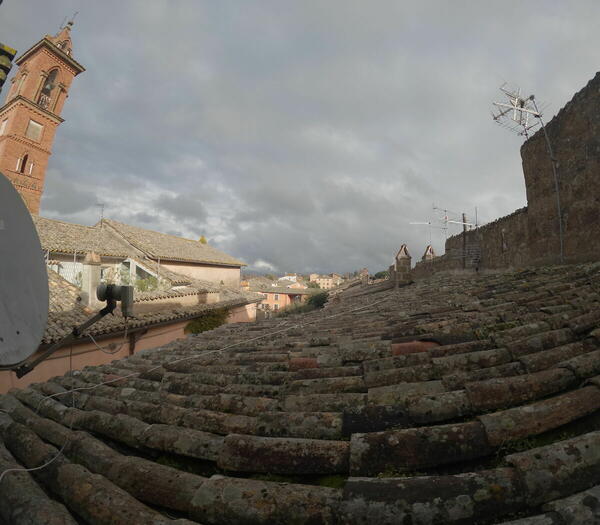 GoPro 12 by LuMen2 comments, 173 views HI RES 27.1 MP 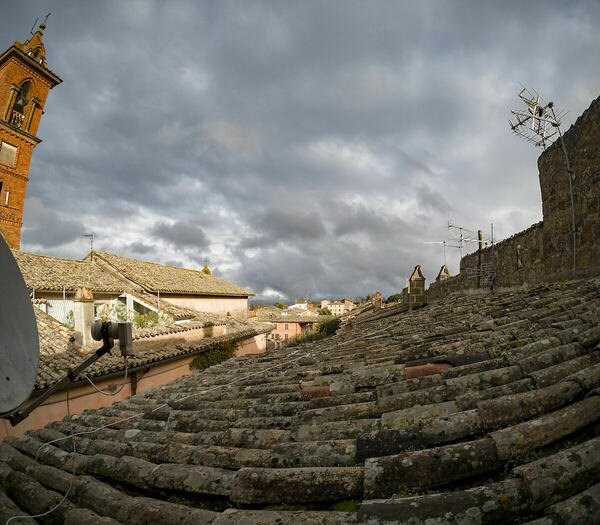 GoPro 12 mod by LuMen0 comments, 169 views HI RES 27.1 MP  Dawn by D3ny7cristian4 comments, 184 views HI RES 22.5 MP  Shooting stars and comet by Giu8gi1 comments, 174 views HI RES 8.9 MP 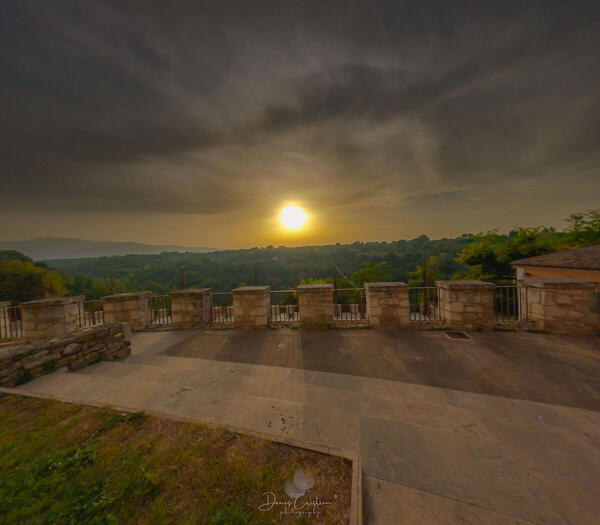 Sunset by D3ny7cristian0 comments, 310 views HI RES 24.7 MP  Startrail and Northern Lights in Italy, 10 October 2024 by Giu8gi0 comments, 229 views HI RES 15.9 MP  Shooting star and Northern Lights in Italy, 10/10/24 by Giu8gi0 comments, 169 views HI RES 27.1 MP  Milky Way and Northern Lights in Italy 10/10/24 by Giu8gi0 comments, 139 views HI RES 27.1 MP  Cape Market by FabioPoliti0 comments, 251 views HI RES 27.1 MP  Cape Market by FabioPoliti0 comments, 284 views HI RES 27.1 MP 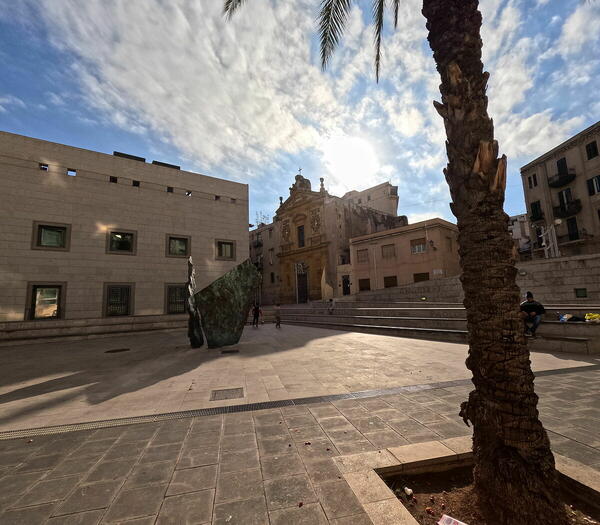 Palace of Justice Palermo retro monum. Fallen Mafia by FabioPoliti0 comments, 229 views HI RES 27.1 MP |
 JuzaPhoto contains affiliate links from Amazon and Ebay and JuzaPhoto earn a commission in case of purchase through affiliate links.
JuzaPhoto contains affiliate links from Amazon and Ebay and JuzaPhoto earn a commission in case of purchase through affiliate links.May Beauty Be Everywhere Around Me